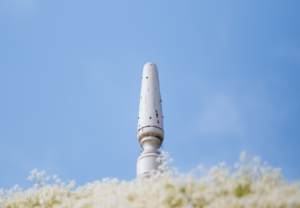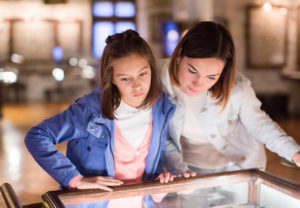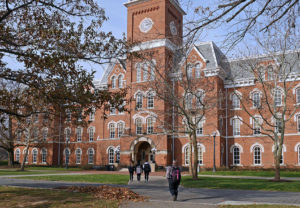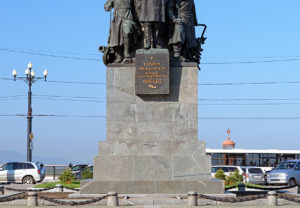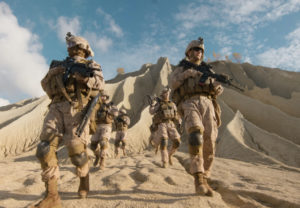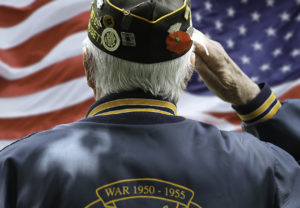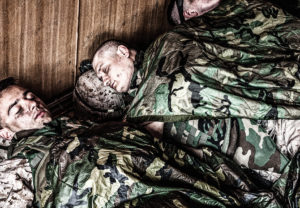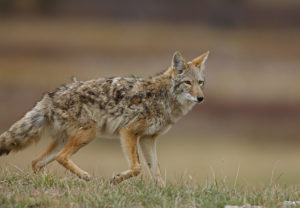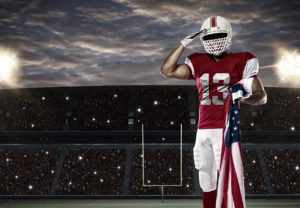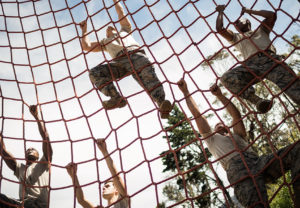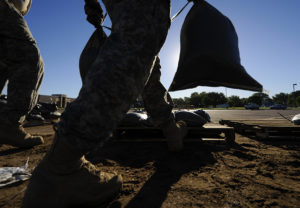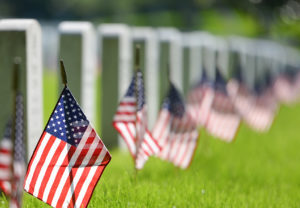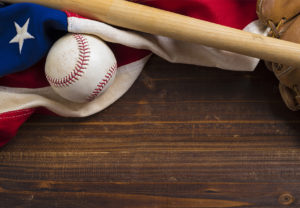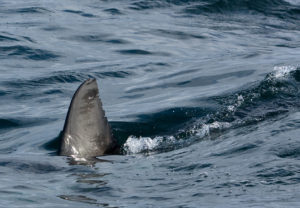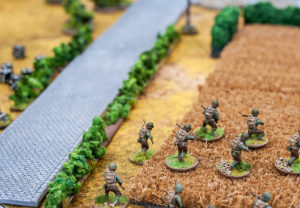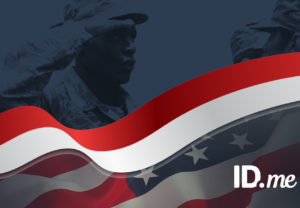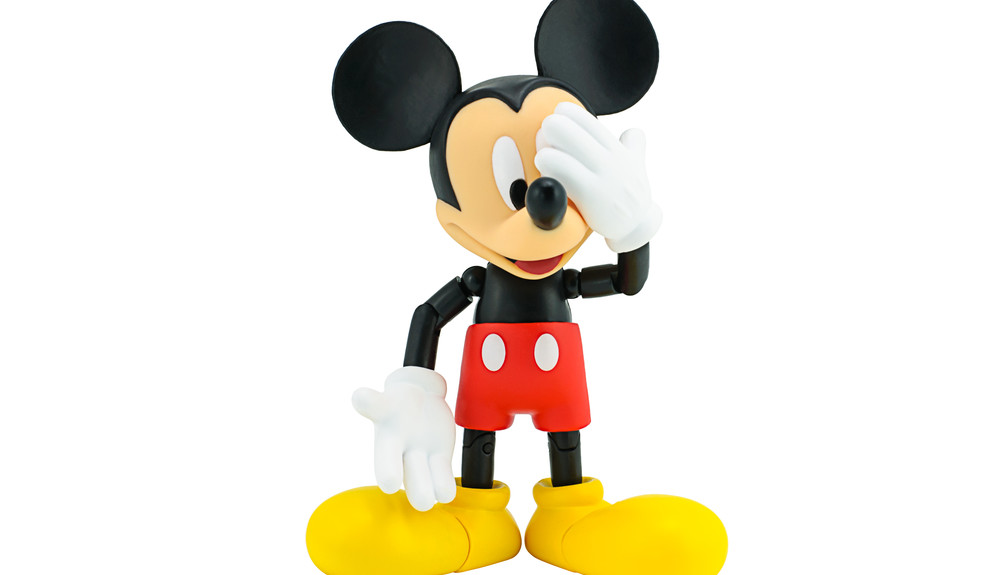There’s no shortage of bizarre, petrified gossip surrounding the man who constructed a cartoonish empire from a modest squeaky mouse (originally named “Mortimer”, believe it or not) he dressed in tiny red buttoned shorts and no shirt.
After dropping out of high school at 16, Walter Elias Disney tried to join the United States Army, but failed. He was rejected for being so young, but somehow managed to get a gig driving ambulances for the Red Cross in France. This much is true.
Years later, he would prove a doting patriot once more, assisting NASA, producing war propaganda films and helping along U.S. relations with South America.
Some might say, however, that he went too far. He bought in heavily to the “Red Scare”, testifying in front of the House Un-American Activities Committee and accusing the Screen Actors Guild of being a communist front.
Before his death in the winter of 1966, Disney scribbled “Kurt Russell” on a piece of paper. While the actor would later become famous for being a Hollywood film star, at the time of the iconic filmmaker’s demise he was merely a young child actor. The odd name would be the last two words he would ever convey to the world. This much, strangely enough, is also true.
And while it’s been bandied around American households for decades now as a “cool” pop culture tidbit of belief, the proud Chicagoan who dreamt up a children’s wonderland in the humid swamps of central Florida was never cryogenically frozen. According to the website Snopes, Walt was cremated and buried. Ironically, the first ever trial of a human frozen for future preservation occurred in January of 1967 — approximately a month after he died.
What’s not merely an old wives’ tale is the fact that Disney got a little weird in the midst of the Second World War and came up with a gas mask that even a child could get behind (or so the theory went). He introduced this to America:
Yes — it’s a gas mask. Made to look like his famous rodent creation, Mickey Mouse.
More from the Washington Post:
In January 1942, Walt Disney came to Washington and met with civil defense and chemical warfare officials. Disney wanted to check the progress of a gas mask he’d designed. With large glass eyes, a snout and big, round ears, the mask was shaped like Disney’s signature character: Mickey Mouse. It was meant to calm terrified children.
About 1,000 Mickey Mouse respirators were eventually produced, but the civilian gas mask — for children or adults — was not really a notable presence on the home front during World War II.
Thankfully for the United States, we didn’t need them. Despite the ubiquitous fear the Allies (including the U.S. but especially England) lived through during the period thanks to the ghastly leaders of the Axis alliance, mustard gas (i.e. a chemical weapon) was never used against the American citizenry. The threat invoked some drastic measures, however. Not long after the attack on Pearl Harbor, New York City Mayor Fiorello LaGuardia tried to convince the government to invest in 50 million of the breathing helmets for those in immediate danger of an attack in cities on both coasts. This would’ve cost a pretty penny, and ultimately the proposal was downsized considerably — in the years after 1942 only about 300,000 masks were produced and handed out around the country.
One more thing about Disney. When one brings up the oddball stories that seem to follow his enormous legacy, one would be sugarcoating/rewriting history to leave out perhaps the biggest and heftiest of all the elephants galavanting around any of his innumerable rooms within his fairy tale castle.
Many have fingered him for being a callous, nasty anti-Semite. “Many” as in people. One of them being Meryl Streep.
The Academy Award-winning actress, while giving a 2014 speech where she honored fellow thespian Emma Thompson quoted one of Walt’s old animators, who said that Disney “didn’t trust women or cats”. She also cited that he supported anti-Semitic film lobbying groups (the Motion Picture Alliance for the Preservation of American Ideals).
Other accounts have been more sympathetic of the former artist, claiming that he wasn’t a bigot, but rather was a product of the era in which he thrived.


